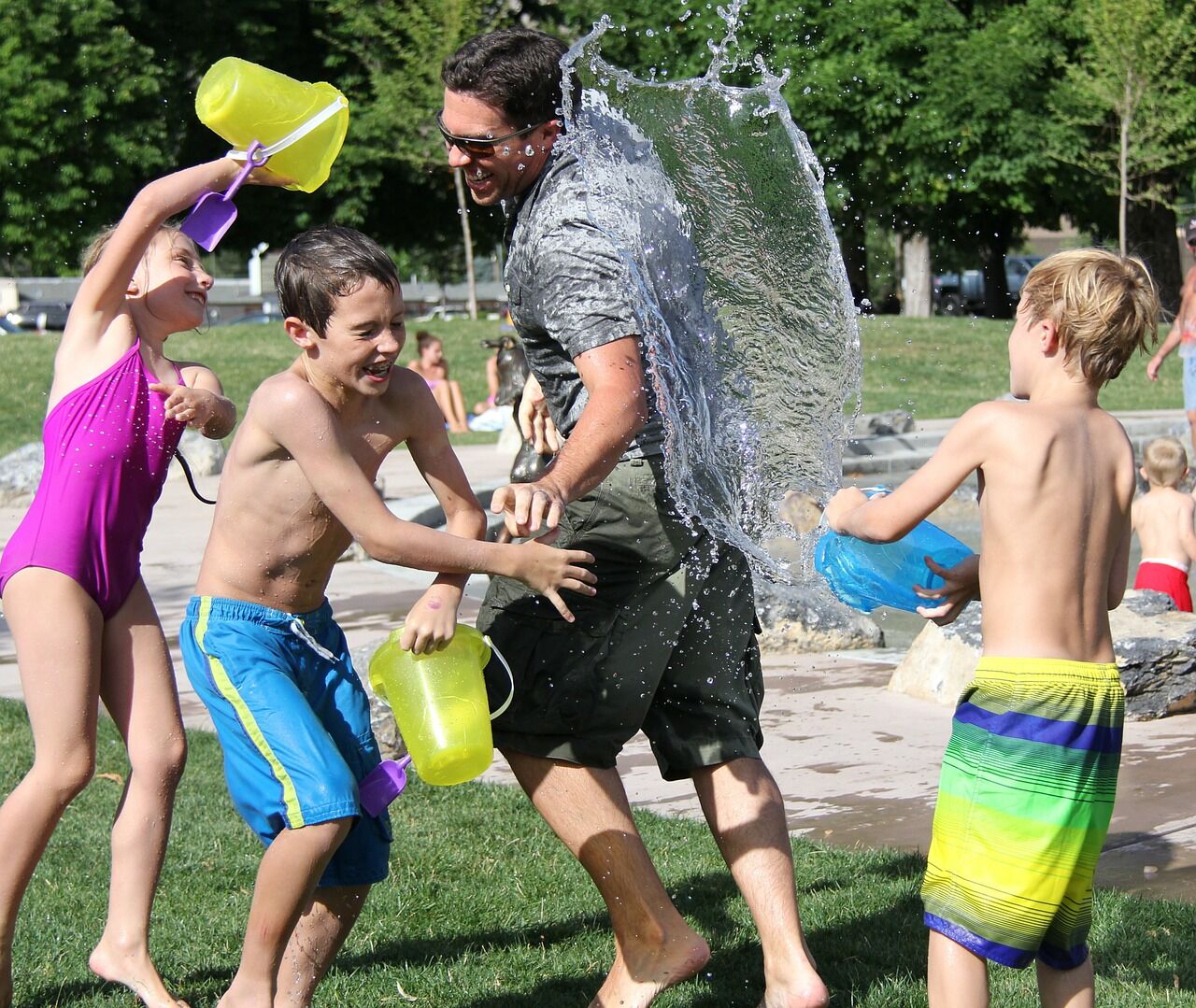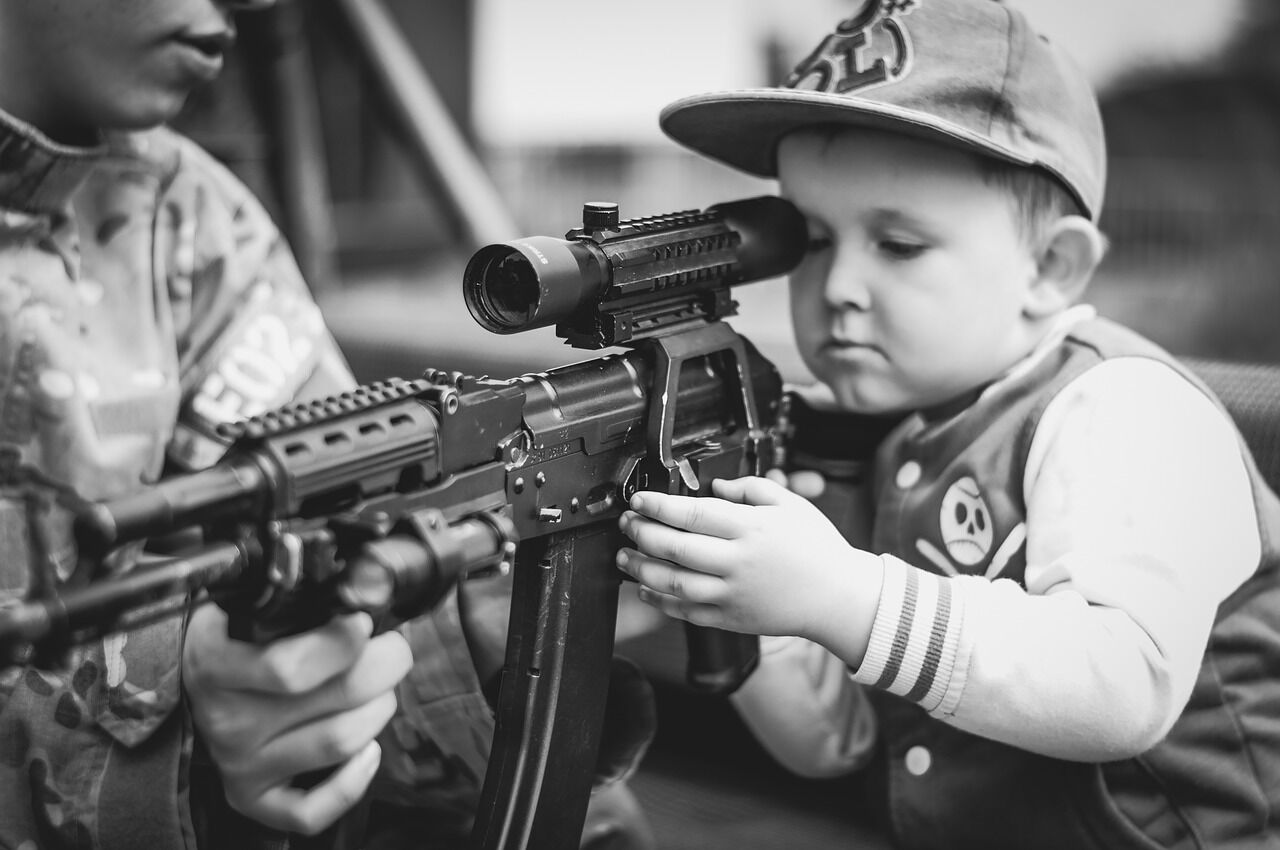Cooking is one of life’s valuable skills that you can teach your child. In this way, they will appreciate food safety and nutrition in addition to building their science, math, and fine motor skills. Bringing your kid into the kitchen space can open a whole new world for them where they learn about different flavors, […]
Category: Family
Tree House Project: Make Your Kids Wishes Come True
Tree houses were all about a quick assembly of a simple little house where the kid could play with a bunch of friends and lead imaginary life. Today, tree houses are more of a complex building that includes certain luxuries unknown to the previous generations. Even so, this type of tree house building has a […]
5 Fun Activities to Do With Your Family on Weekends
Are you often occupied by your work? When was the last time you had great cozy moments with your family? If you can’t answer these questions affirmatively, you need to seriously revisit the way you balance your personal and professional life. In an era when more and more people are getting consumed due to […]
2 Emergency Procedures Your Child Should Know
Most kids are smarter than they look even at a tender age. They can take simple instructions, detect and respond positively to emergency situations. You need to teach them the right emergency steps to take. They should know when and how to respond if someone is in danger or when they find themselves in trouble. […]
Top 20 Survival Skills a Kid Should Know
By nature, a child likes to play around, do things on their own, sometimes lousy and even think they are old enough. Because all children are different, they exhibit different types of capabilities and skills. Remember, children have great individual variations of temperament, development and behavior.Every prepper plans and strategize for disasters but an […]





